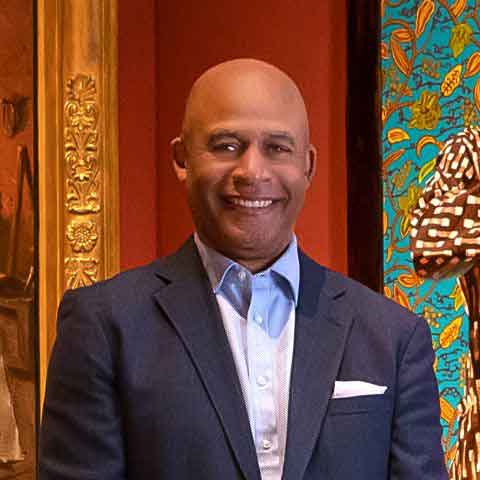The sudden closure of the Philadelphia’s University of the Arts (catching students unawares and unprepared) is just the latest in a series of art-related setbacks that have roiled that culturally-rich city. This unfortunate development came fast upon last January’s announcement that the Pennsylvania Academy of the Fine Arts (PAFA) would shut down its BFA and MFA programs at the end of the 2024-2025 academic year.
“Frankly, I’d rather not be in Philadelphia” (to riff on the famous W.C. Fields quip) could become the unofficial motto of the stewards of that city’s beleaguered art institutions.
And then there’s the late-breaking, eyebrow-raising news about Inigo Philbrick, to whose name the sobriquet “fraudster” and the adjective “disgraced” have repeatedly been attached in press accounts of his tangled art-dealings: Fresh out of jail, he’s looking to make a comeback, having been released early from his seven-year sentence for a “$86-million fraud scheme” (as described in the detailed 2022 press release issued by the U.S. Attorney’s Office, Southern District of New York). His dubious dealings were detailed in a long Vanity Fair rehash of this messy mishmash. As recounted in a March 2020 NY Times report on this contretemps (written by Jacob Bernstein, son of a certain famous Washington Post investigative reporter-turned author), Inigo enmeshed clients in a variety of dicey transactions that didn’t pan out.
In his Times article, Bernstein fils identified Philbrick fils as the son of Harry Philbrick, “the respected former director of the Aldrich Contemporary Art Museum in Ridgefield, Conn., near where Inigo grew up.” But that description was outdated when it was published: Harry had long since left the Aldrich by the time Bernstein’s article appeared, having moved to the presidency of the Pennsylvania Academy of the Fine Arts (PAFA). He abruptly left PAFA, effective Feb. 11, 2016, less than a month after he had announced that “the time is right for me to seek new challenges. I am truly excited to be exploring the creation of a new not-for-profit contemporary art space in Philadelphia. I look forward to sharing my plans widely in the near future.”
He went on to found Philadelphia Contemporary and later moved (effective Mar. 1, 2023) to the post of “interim executive director” at The Fabric Workshop and Museum, also in Philly—an eclectic career.
CultureGrrl readers may remember reading about the elder Philbrick in my 2013 post about his deplorable deaccession from PAFA of what was deemed to be the less important of its two Edward Hoppers. That work had “been shown at PAFA many times and has been included in major Hopper exhibitions elsewhere, most recently a touring European retrospective that closed earlier this year in Paris,” according to a report in the Philadelphia Inquirer by Stephan Salisbury (quoted by me here). Salisbury had noted that the two Hopper oils then owned by PAFA were the only such works in all of Philadelphia.
This is the one that was deemed expendable:

Fast-forward to the latest academic polemics: In PAFA Forward, Eric Pryor‘s innocuously titled “Letter to the Community” dated Jan. 10, 2024, the Academy’s current president/CEO stated that “in making these changes, PAFA joins other colleges in the greater Philadelphia area and elsewhere which have had to merge or close due to growing systemic obstacles confronting degree-granting programs.” Misery likes company?
When Pryor was named to begin his role as PAFA’s head on January 18, 2022, he had been touted as “a change agent; someone eager to reimagine an art and educational institution, who is invested in long-term [emphasis added] organizational sustainability, and is attuned to the broader cultural conversations taking place at PAFA and across the country.” But the “long-term” no longer includes the school.

Image from PAFA’s website
According to PAFA’s FAQs page detailing the coming changes on the institution’s website (scroll down to “PAFA Moving Forward”):
PAFA will continue to maintain the museum and its extraordinary art collection. We are steadfast in our commitment to preserving and promoting American art and sharing it with our community of artists and with art lovers everywhere….PAFA may only use funds generated by the sale of art to purchase other art or support maintenance of the collection.
From this, it appears that PAFA does at least intend to abide by the Association of Art Museum Directors’ professional standards that prohibit the monetization of works in the collection to defray operating expenses.
Billing itself as “America’s first school and museum of fine arts,” PAFA counts a diverse and distinguished group of artists among its alumni, including (in alphabetical order, by last name): Mary Cassatt, Njideka Akunyili Crosby, William Glackens, Barkley L. Hendricks, Violet Oakley, Louis Kahn, David Lynch, Henry Ossawa Tanner.
Sadly, that admirable academic heritage is now history.

